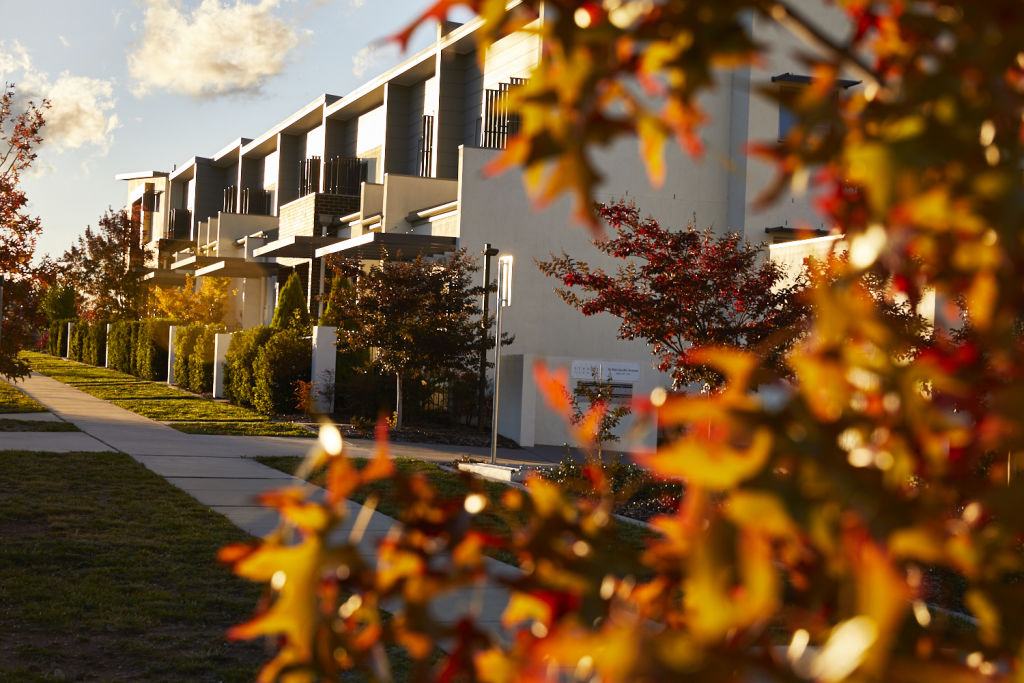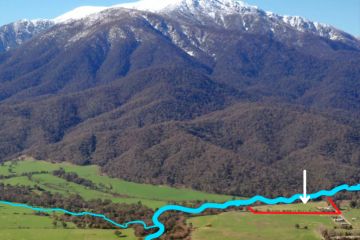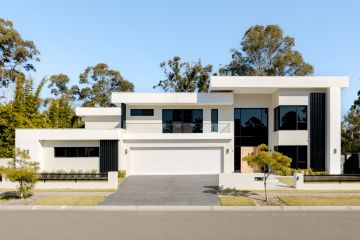The regions where rents are less than the Canberra median

Belconnen and Tuggeranong are the only regions in Canberra where renters can find a house that costs less than $550 per week.
According to the latest Domain figures, $550 is the median weekly asking rent in the nation’s capital, but in Tuggeranong, you can rent a house for $500, and in Belconnen for $520.
Additionally, renters can also cross the border to Queanbeyan where house rents are $490 per week.
But for units, there are only two regions where weekly rents are more than Canberra’s median of $470, the apartment dense Inner South and Inner North with asking rents of $523 and $490, respectively.
Within the territory borders, unit rents are the lowest in Woden at $410 per week but Queanbeyan units are much less at $300.
Houses – Canberra weekly asking rents by region
| Region | Jun-19 | Mar-19 | Jun-18 | QoQ | YoY |
| Belconnen | $520 | $520 | $495 | 0.0% | 5.1% |
| Greater Queanbeyan | $490 | $500 | $470 | -2.0% | 4.3% |
| Gungahlin | $560 | $560 | $535 | 0.0% | 4.7% |
| North Canberra | $630 | $645 | $600 | -2.3% | 5.0% |
| South Canberra | $750 | $750 | $750 | 0.0% | 0.0% |
| Tuggeranong | $500 | $510 | $495 | -2.0% | 1.0% |
| Weston Creek | $575 | $575 | $540 | 0.0% | 6.5% |
| Woden | $600 | $610 | $585 | -1.6% | 2.6% |
Across Canberra house rents fell over the June quarter, and remained flat over the year, Domain’s rental report released on Wednesday revealed. But not every region has remained steady.
Weston Creek rents have spiked 6.5 per cent with a median at $575 – the highest growth of the regions. Belconnen and the Inner North are up 5.1 per cent and 5 per cent.
- Related: The Canberra suburbs where it’s cheaper to buy a property than rent
- Related: Two new homelessness services for the ACT
- Related: Units being discounted across Canberra, houses not so much
Rents have stagnated in the Inner South, but it remains the most expensive for a house at $750 per week. Property manager Heidi Russell, director of Little Bird Properties said this was due to supply.
“There is a lot on the market in the Inner South, I think that as we see properties aren’t selling a lot of those are coming onto the rental market because people have to do something with them,” she said.
“We have had appraisals for people who are saying they are not getting the prices they want for selling and are now looking to rent. That probably leads to a bit of an oversupply at the top end.”
Unlike houses, unit rents have not remained steady, up 4.4 per cent over the year across Canberra. Tuggeranong and Queanbeyan have both increased by 7.1 per cent, followed by the Inner North at 5.4 per cent and Belconnen at 5 per cent.
Units – Canberra weekly asking rents by region
| Region | Jun-19 | Mar-19 | Jun-18 | QoQ | YoY |
| Belconnen | $420 | $420 | $400 | 0.0% | 5.0% |
| Greater Queanbeyan | $300 | $300 | $280 | 0.0% | 7.1% |
| Gungahlin | $430 | $440 | $415 | -2.3% | 3.6% |
| North Canberra | $490 | $490 | $465 | 0.0% | 5.4% |
| South Canberra | $523 | $520 | $510 | 0.5% | 2.5% |
| Tuggeranong | $450 | $440 | $420 | 2.3% | 7.1% |
| Weston Creek | $450 | $450 | $435 | 0.0% | 3.4% |
| Woden | $410 | $413 | $400 | -0.6% | 2.5% |
High construction levels have kept a lid on prices across the nation, but despite Canberra’s recent record-high apartment building boom, rents for units have continued to grow, but this could change as more projects are completed, experts say.
This comes as Canberra’s vacancy rate rose to above 1 per cent in recent months. Domain economist Trent Wiltshire said completions had contributed to this.
“Potentially one factor behind the rise of the vacancy rate is the fact that Canberra is going through this apartment construction boom; they come onto the market and that leads the vacancy rate to rise a little bit,” he said.
Jaimee Thorpe is renting only as she waits for the townhouse she bought off-the-plan almost two years ago to be finished.
She was supposed to move into her new home in December last year but the construction was delayed and settlement pushed back until August.
In February, her lease ran out and she was forced to find a new rental.
Ms Thorpe had lived in a previous rental for three years – a five-bedroom shared house. Her rent did not increase, so she was surprised to see how prices had grown.
“It was tough at that time of the year, it’s super busy and it’s really competitive in the local Canberra market,” she said.
“That was the hardest thing – the competition in the local market. In terms of how far your money goes, it is definitely different to three years ago.”
Property Council ACT chief executive Adina Cirson said recent supply growth from building completions could ease rental prices. She said there had also been a number of announcements recently, that had boosted the confidence of those looking to get into the market, which could also help ease rental pressure.
“There are a number of good things happening, which, combined, make it easier for people to get into the market,” she said, “the scare of negative gearing reforms are gone, APRA has relaxed lending criteria, [and] the federal government’s proposed first-home buyer scheme [is going ahead].”
“And you also have, in the ACT, the abolition of first-home buyers’ [stamp] duty for those earning less than $160,000.”
We recommend
States
Capital Cities
Capital Cities - Rentals
Popular Areas
Allhomes
More







